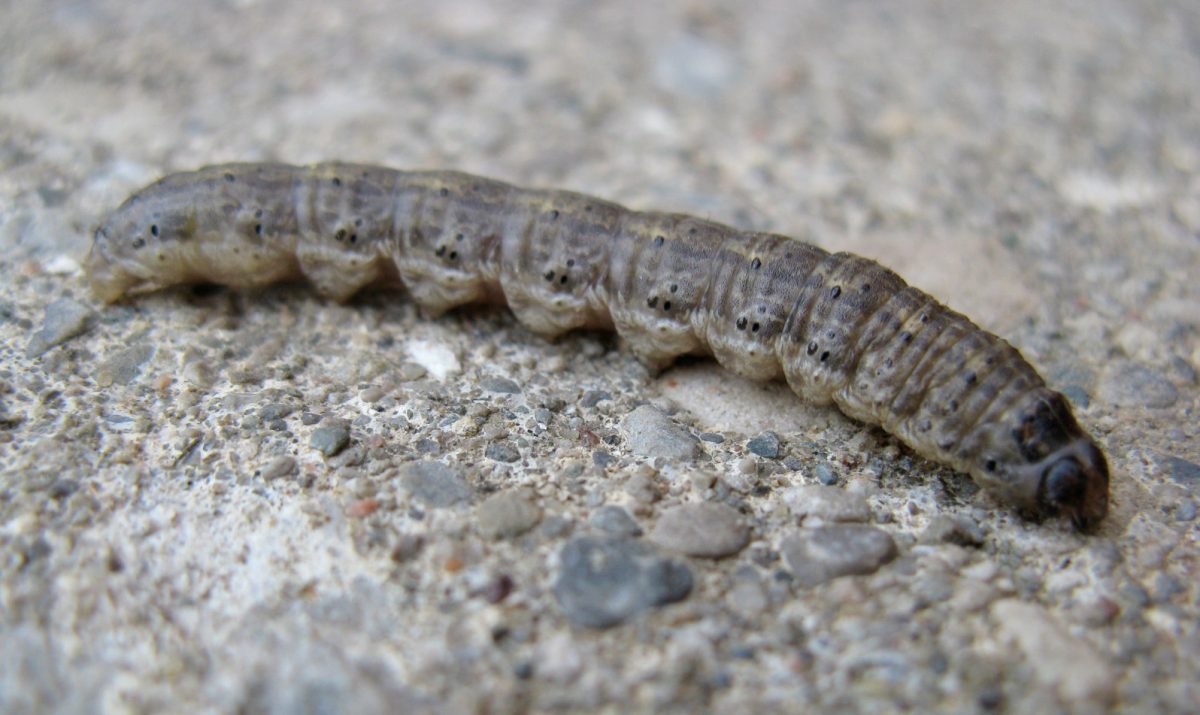#AgrotisIpsilon #BlackCutworms #CropProtection #PrecisionAgriculture #PestControl #BiologicalControl #CropRotation #Insecticides #ParasitoidWasps
Black cutworms, scientifically known as Agrotis ipsilon, are a common pest in agriculture, causing significant damage to crops in many parts of the world. These moths are notorious for their larvae, which feed on crops and can cause yield loss or complete crop failure. Farmers and agriculturalists have been struggling to find ways to protect their crops from these pests and ensure healthy yields.
Agrotis ipsilon is a migratory pest, meaning they move from one area to another, making it difficult to control their population. The larvae of these moths feed on a variety of crops, including corn, soybeans, and vegetables, and can cause extensive damage in a short period. The moths are most active during the spring and fall seasons, making these periods crucial for farmers to protect their crops.
To protect crops from Agrotis ipsilon, farmers and agriculturalists can use a variety of methods. Some of the most common methods include crop rotation, which can help disrupt the lifecycle of the pests, and the use of insecticides. Another method is to use traps to capture and monitor the moths, which can help identify when they are most active and when to take preventive measures.
The development of new technologies and innovative methods for pest control has also played a significant role in protecting crops from Agrotis ipsilon. For example, some farmers have started using precision agriculture techniques to monitor and manage their crops, allowing for more targeted and efficient use of insecticides. Additionally, the use of biological control agents, such as parasitoid wasps, has shown promise in controlling the population of black cutworms.
Overall, protecting crops from Agrotis ipsilon is a crucial task for farmers and agriculturalists. Understanding the behavior and lifecycle of these pests and using appropriate methods for their control can help ensure healthy yields and sustainable agriculture.
